The Organic Cereals Market is currently characterized by a dynamic competitive landscape, driven by increasing consumer demand for health-conscious and sustainable food options. Major players such as General Mills (US), Kellogg's (US), and Nature's Path (CA) are strategically positioning themselves through innovation and sustainability initiatives. General Mills (US) has focused on expanding its organic product lines, while Kellogg's (US) emphasizes partnerships with local farmers to enhance supply chain transparency. Nature's Path (CA) continues to leverage its commitment to organic farming practices, which resonates well with environmentally conscious consumers. Collectively, these strategies not only enhance brand loyalty but also intensify competition as companies vie for market share in a growing sector.
In terms of business tactics, companies are increasingly localizing manufacturing to reduce carbon footprints and optimize supply chains. The market structure appears moderately fragmented, with several key players holding substantial shares, yet numerous smaller brands also contributing to the competitive dynamics. This fragmentation allows for diverse product offerings, catering to various consumer preferences, while the influence of major players remains significant in shaping market trends.
In November 2025, General Mills (US) announced a partnership with a leading agricultural technology firm to develop precision farming techniques aimed at improving organic crop yields. This strategic move is likely to enhance their supply chain efficiency and reduce costs, thereby positioning General Mills (US) favorably against competitors. The integration of technology into farming practices may also appeal to environmentally conscious consumers, further solidifying the brand's market presence.
In October 2025, Kellogg's (US) launched a new line of organic cereals that incorporate ancient grains, responding to the growing consumer interest in nutrient-dense foods. This product innovation not only diversifies their portfolio but also aligns with current health trends, potentially attracting a broader customer base. The emphasis on ancient grains may also serve to differentiate Kellogg's (US) offerings in a crowded market, enhancing its competitive edge.
In September 2025, Nature's Path (CA) unveiled a new sustainability initiative aimed at reducing packaging waste by 50% over the next five years. This commitment to sustainability is likely to resonate with eco-conscious consumers and could enhance brand loyalty. By prioritizing environmental responsibility, Nature's Path (CA) positions itself as a leader in the organic sector, potentially influencing other companies to adopt similar practices.
As of December 2025, the Organic Cereals Market is witnessing trends such as digitalization, sustainability, and the integration of AI in production processes. Strategic alliances among companies are increasingly shaping the competitive landscape, fostering innovation and efficiency. The shift from price-based competition to a focus on technological advancement and supply chain reliability is evident. Moving forward, differentiation will likely hinge on the ability to innovate and adapt to consumer preferences, with sustainability and health at the forefront of competitive strategies.
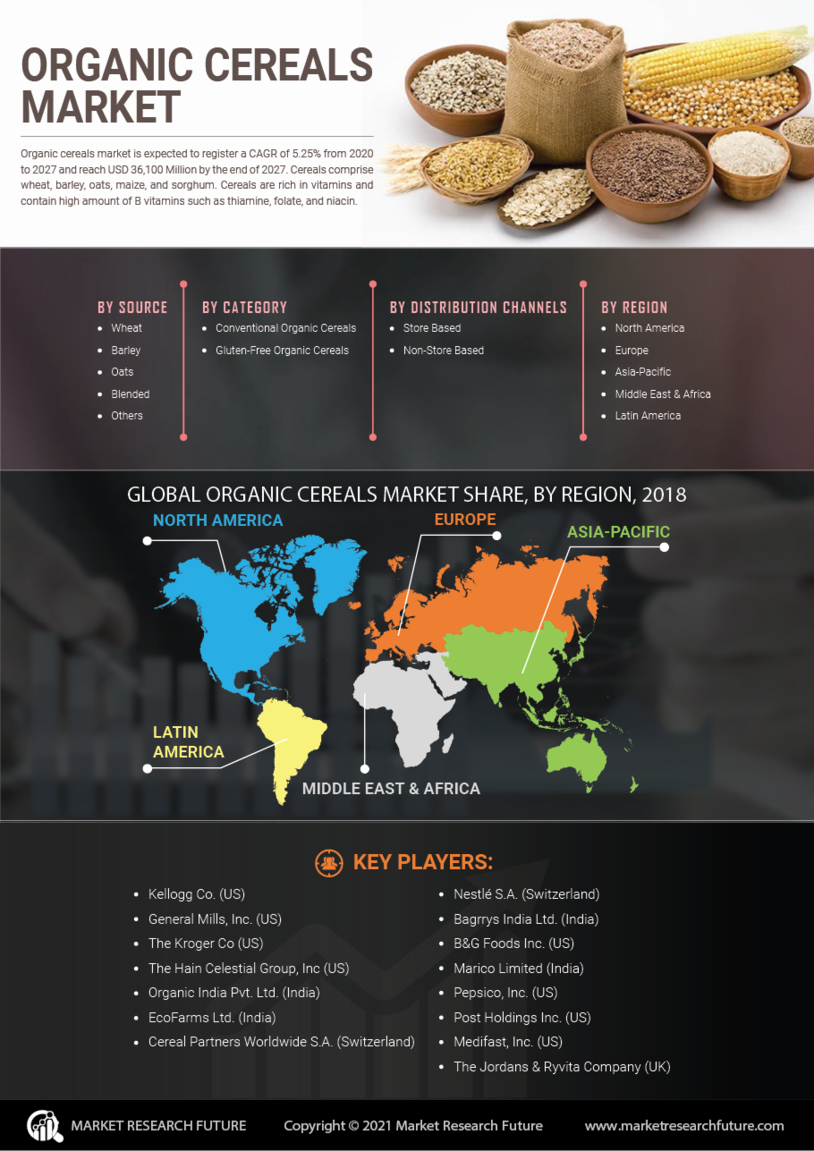

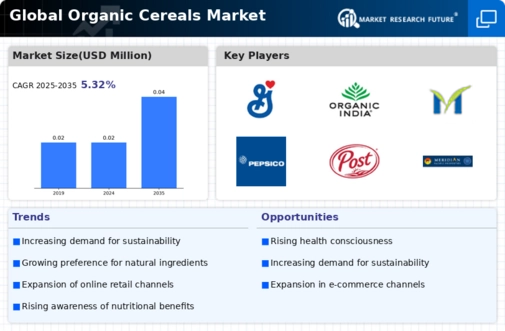

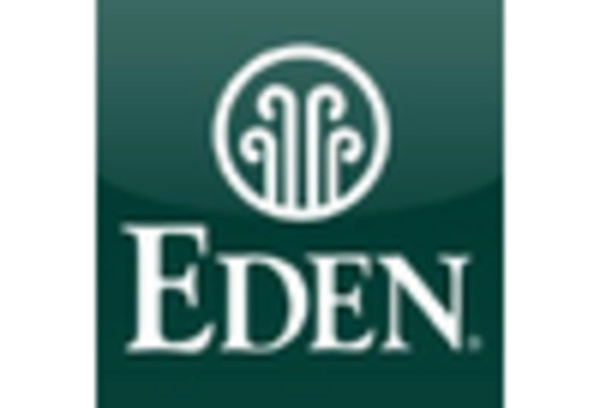
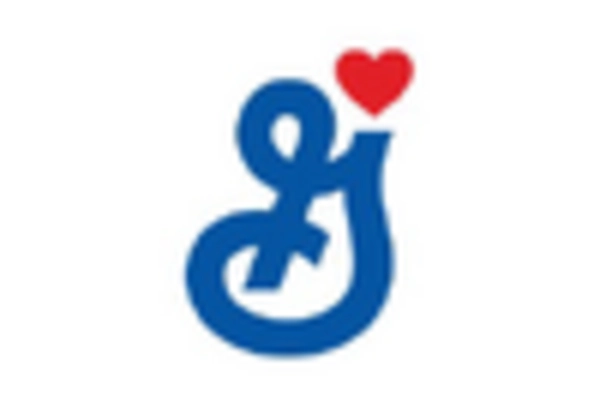
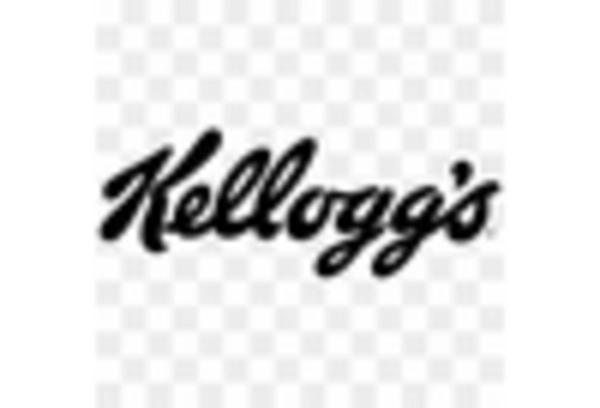
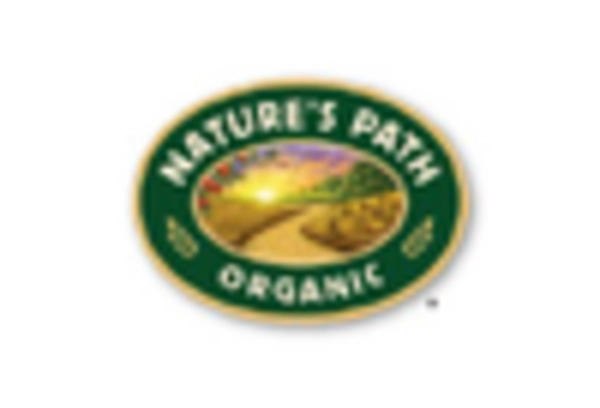
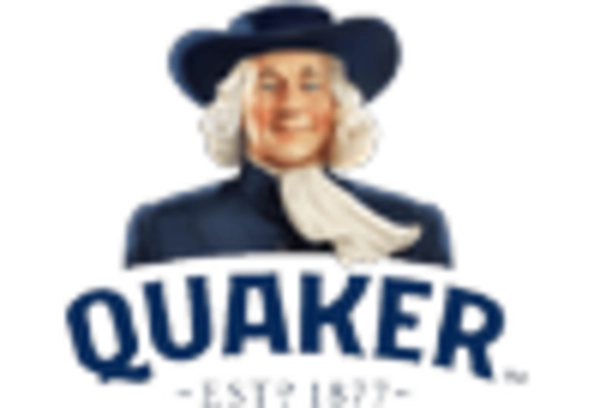








Leave a Comment